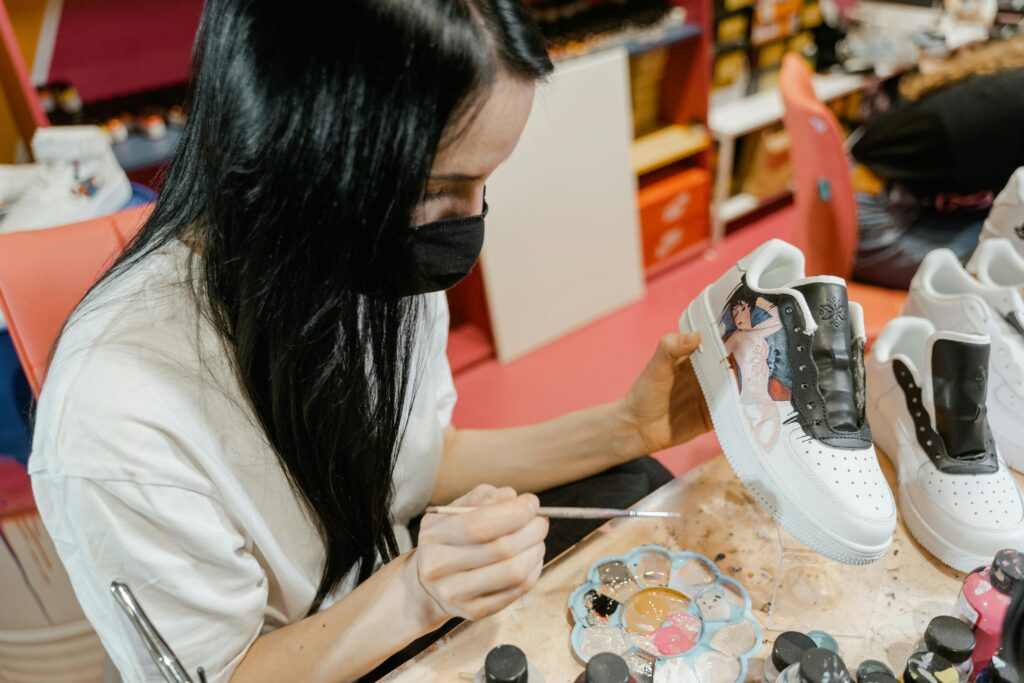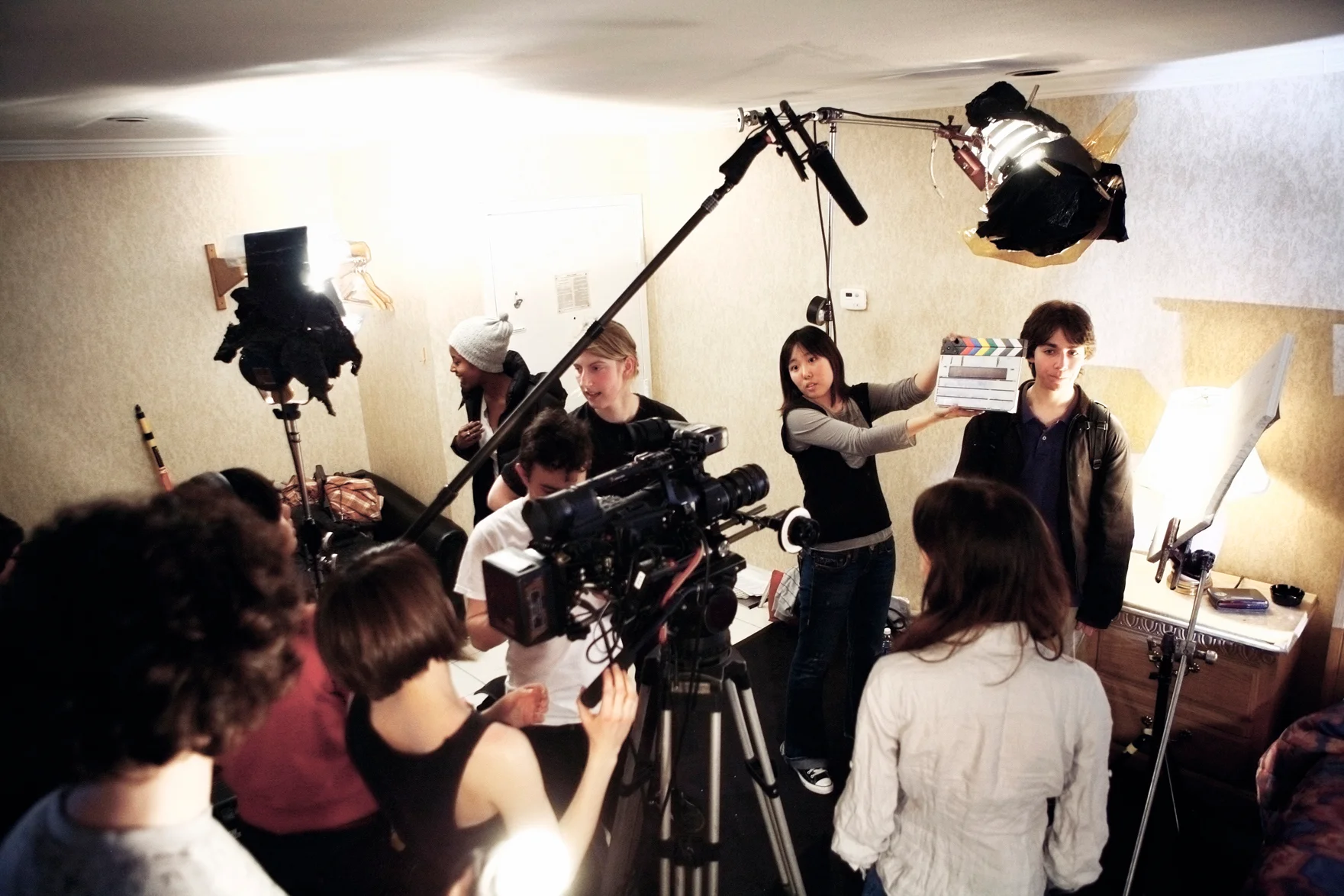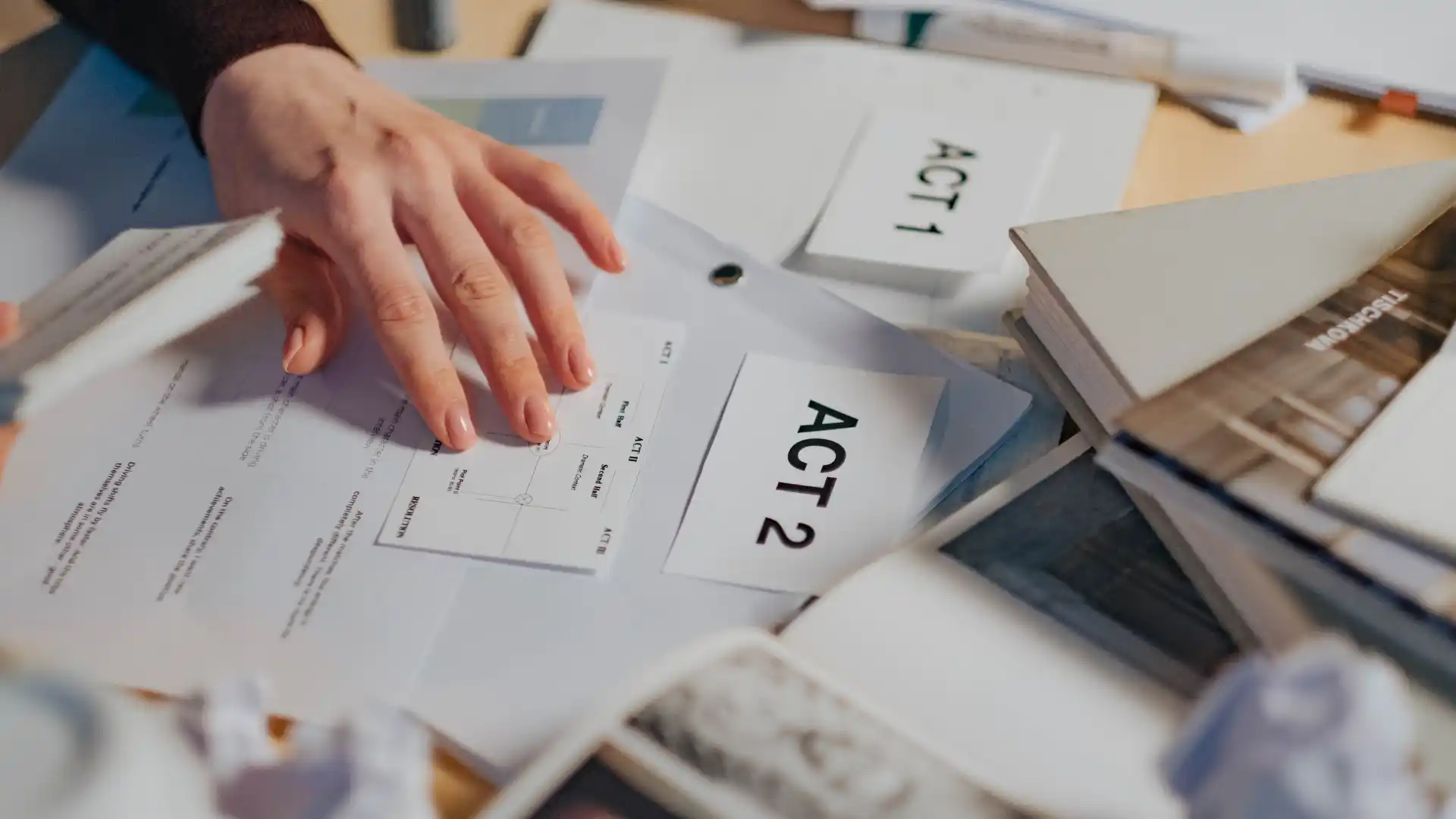Shoe sketching is a fundamental skill for footwear designers, allowing them to bring their creative ideas to life on paper before moving to the production stage. From concept development to design refinement, shoe sketching plays a vital role in the design process, helping designers communicate their vision and create innovative and visually appealing footwear.
In this comprehensive guide, we will explore the art of shoe sketching, providing insights into techniques, tools, trends, and career opportunities in the exciting world of footwear design.
The Importance of Shoe Sketching
Shoe sketching serves as a primary tool for footwear designers to visualize their ideas and concepts. It allows designers to explore different design possibilities, experiment with shapes and proportions, and refine their designs before translating them into physical prototypes. By sketching their ideas, designers can effectively communicate their vision to colleagues, manufacturers, and clients, streamlining the design process and ensuring that the final product aligns with their creative vision.
Techniques for Shoe Sketching
Mastering shoe sketching requires a combination of technical skill, creativity, and attention to detail. Designers often start by sketching the basic silhouette of the shoe, focusing on proportions, angles, and curves. They then add details such as stitching, embellishments, and textures to bring the design to life. Understanding perspective, shading, and rendering techniques is essential for creating realistic and visually appealing shoe sketches.
Various mediums can be used for shoe sketching, including pencils, markers, and digital drawing tools. Each medium offers unique advantages in terms of line quality, color vibrancy, and ease of editing. Experimenting with different mediums can help designers find the one that best suits their style and design aesthetic.
Trends in Shoe Sketching
The art of shoe sketching is constantly evolving, influenced by changing design trends, technological advancements, and consumer preferences. In recent years, there has been a shift towards more minimalist and sleek shoe designs, characterized by clean lines, simple forms, and subtle details. Sustainability has also emerged as a significant trend in shoe design, with designers incorporating eco-friendly materials and production techniques into their sketches.
Collaborations between footwear brands and artists, designers, and influencers have become increasingly common, resulting in unique and innovative shoe designs that push the boundaries of traditional sketching techniques. Sneaker culture has also influenced shoe sketching trends, with bold colors, graphic patterns, and futuristic silhouettes dominating the design landscape.
Career Opportunities in Shoe Sketching
The skill of shoe sketching opens up a world of career opportunities for individuals passionate about footwear design. From entry-level design roles to senior design positions, there are various career paths available for talented shoe sketch artists. Some of the top jobs in shoe sketching include:
- Footwear Designer: Responsible for creating innovative and marketable shoe designs that align with brand aesthetics and consumer preferences.
- Product Developer: Oversees the technical aspects of shoe production, from prototyping to final product development, ensuring quality and consistency.
- Brand Manager: Develops and executes marketing strategies to build brand awareness, drive sales, and cultivate brand loyalty in the competitive footwear market.
- Trend Analyst: Researches and identifies emerging trends in footwear design, materials, and consumer preferences to inform design decisions and brand strategies.
- Sketch Artist: Specializes in creating detailed and accurate shoe sketches for design presentations, marketing materials, and production references.
- Footwear Merchandiser: Analyzes market trends, consumer behavior, and sales data to curate product assortments, optimize pricing strategies, and maximize profitability.
- Color and Material Designer: Focuses on selecting colors, materials, and finishes for shoe designs, ensuring harmony and coherence in the overall aesthetic.
- Technical Illustrator: Translates design concepts into detailed technical drawings and specifications for production and manufacturing processes.
- Design Director: Leads a team of designers in developing innovative and cohesive shoe collections that represent brand values and resonate with consumers.
- Creative Consultant: Provides expert advice and guidance on shoe design, branding, and marketing strategies to help brands achieve their creative vision and business objectives.
By honing their shoe sketching skills and staying updated on industry trends, aspiring footwear designers can position themselves for success in this competitive and dynamic field. Whether you dream of creating the next iconic sneaker or designing luxury footwear for high-end fashion brands, mastering the art of shoe sketching is a crucial step towards achieving your career goals in the exciting world of footwear design.
Key Takeaways:
- Shoe sketching is a vital skill for footwear designers to visualize and communicate their creative ideas effectively.
- Techniques such as mastering proportions, angles, and shading are essential for creating compelling and realistic shoe sketches.
- Stay updated on trends in shoe sketching, including minimalist designs, sustainability practices, and collaborations with artists and influencers.
- Explore diverse career opportunities in shoe sketching, from footwear designer to trend analyst and brand manager.
Shoe sketching is more than just drawing—it’s a powerful way for designers to turn ideas into real, wearable art. By practicing and perfecting this skill, designers can shape the future of fashion and leave their mark on the world of footwear. Elevate your skills and advance your career with the FIT Footwear Business Foundations program by Yellowbrick.








